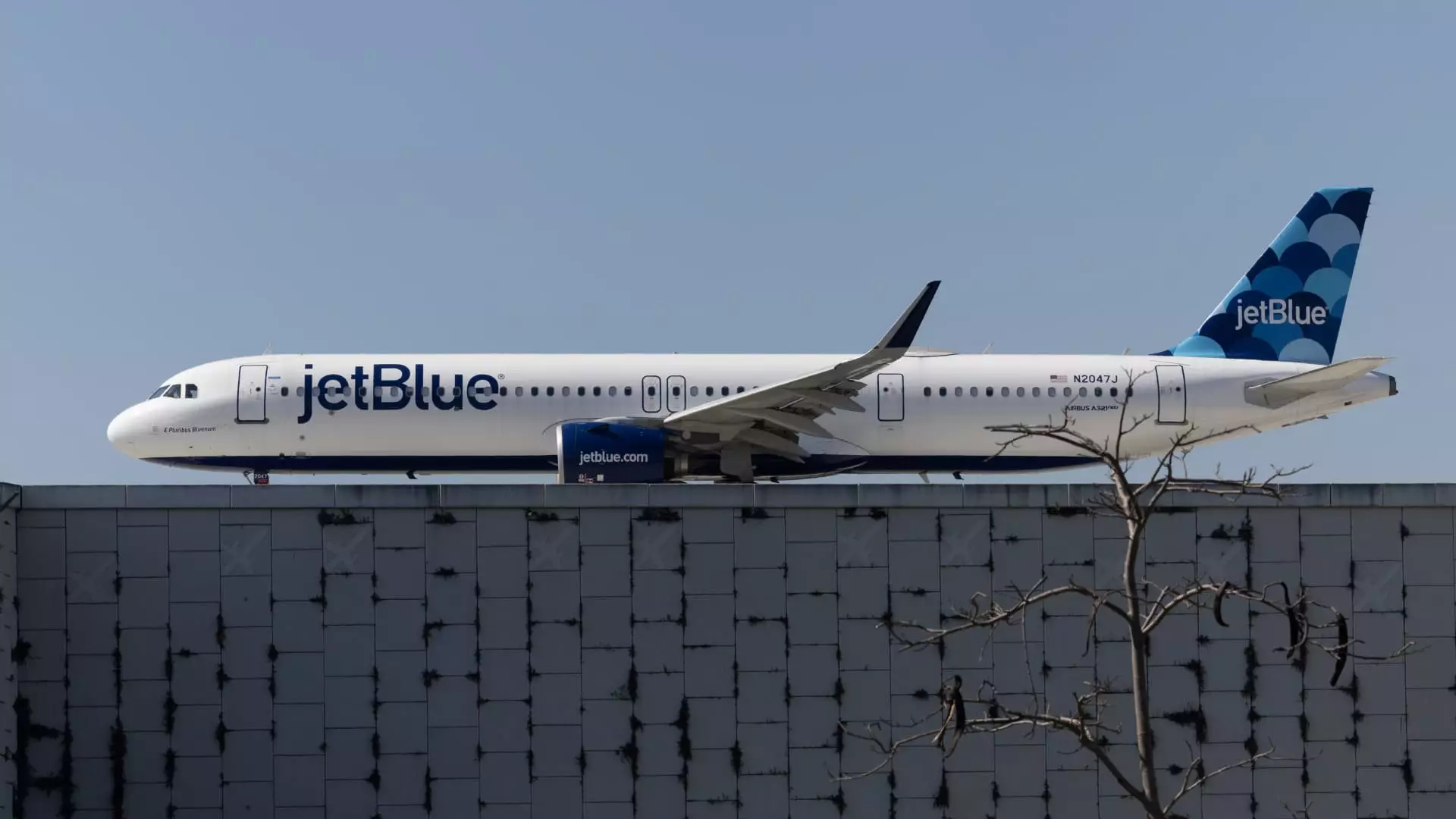JetBlue Airways recently revealed plans to cut a number of routes in a bid to reduce costs following a failed attempt to acquire Spirit Airlines and a technical issue with Pratt & Whitney engines. The airline is set to decrease its departures from Los Angeles International Airport significantly, from 34 to 24 flights per day. This decision is part of JetBlue’s strategy to focus on profitable transcontinental routes that feature its upscale Mint business class section.
Among the routes slated for elimination are services from Los Angeles to San Francisco, Seattle, Miami, Las Vegas, Reno, and Puerto Vallarta. Additionally, routes to Bogota, Quito, Lima, and Kansas City will be discontinued by June. Flights between Fort Lauderdale and various destinations such as Austin, Atlanta, Nashville, and Salt Lake City, as well as those between New York and Detroit, will also cease operations.
JetBlue’s Vice President of Network Planning and Airline Partnerships, Dave Jehn, emphasized the airline’s need to optimize financial performance by evaluating each route’s profitability. The carrier will place greater emphasis on transcontinental flying, as well as on core routes along the East Coast and to popular Caribbean vacation spots. These key markets are seen as crucial to JetBlue’s success moving forward.
Financial Pressure
With new CEO Joanna Geraghty at the helm, JetBlue is facing mounting pressure to cut costs and enhance profitability, especially after activist investor Carl Icahn acquired a significant stake in the company and secured two board seats. Prior to Icahn’s involvement, JetBlue had already initiated a cost-cutting program with a target of reducing expenses by $200 million by year-end. The cuts announced this week are part of this ongoing effort to streamline operations.
Despite these route reductions, JetBlue maintains its capacity guidance for the year, expecting a slight decrease compared to 2023. The airline is now refocusing its efforts on operating as a stand-alone carrier following the collapse of its proposed acquisition of Spirit Airlines and the termination of its regional partnership with American Airlines. This strategic shift underscores JetBlue’s commitment to sustainable growth and financial stability in the highly competitive aviation industry.

